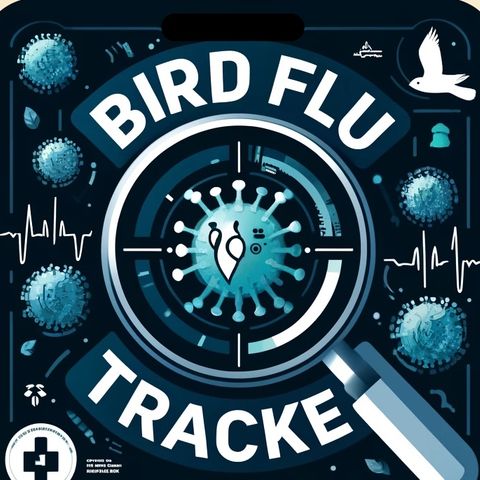Bird Flu update for 10-16-2024

Descarga y escucha en cualquier lugar
Descarga tus episodios favoritos y disfrútalos, ¡dondequiera que estés! Regístrate o inicia sesión ahora para acceder a la escucha sin conexión.
Bird Flu update for 10-16-2024
Esta transcripción es generada automáticamente. Ten en cuenta que no se garantiza una precisión absoluta.
Descripción
In recent events, the H5N1 bird flu virus has been detected in U.S. dairy cattle, stirring concerns and discussions among both the general public and health professionals. This development marks...
mostra másHistorically, H5N1, also known as avian influenza, has been confined mostly to bird populations, with sporadic infections in humans. Typically, humans contracting the virus have been directly exposed to infected birds. The virus is feared both for its capacity to cause severe disease and for its potential to spark a pandemic should it mutate to become easily transmissible between humans.
The detection of H5N1 in cattle is particularly alarming because it suggests that the virus might be adapting in ways that could increase the risk of interspecies transmission, potentially even to humans. The primary concern for health experts is that the continued mutation of H5N1 could lead to a form that is more contagious among humans, setting the stage for a possible global health crisis.
It is crucial to note that, as of now, no human infections related to this outbreak in cattle have been reported. Health authorities are closely monitoring the situation, emphasizing the importance of strict biosecurity measures to contain the outbreak. Farmers and those in close contact with livestock are advised to maintain heightened vigilance and implement preventive measures such as wearing protective equipment, conducting regular health checks on their animals, and reporting any suspicious illnesses to authorities immediately.
The Centers for Disease Control and Prevention (CDC), alongside local health departments, is leading the surveillance efforts, tracking the spread of the virus and studying its characteristics. Research is ongoing to understand the dynamics of this new transmission route and to assess the genetic changes in the virus that made this interspecies leap possible.
As the situation unfolds, it is essential for the public to stay informed through credible sources and avoid panic. The agricultural community, in particular, is urged to cooperate with health officials and report any unusual incidents of animal illness. While the situation is serious, informed awareness and proactive management are key in preventing the spread of the virus and safeguarding both animal and human health.
In conclusion, while the detection of H5N1 bird flu in U.S. dairy cattle is certainly a development that deserves attention and precaution, it does not yet warrant panic. Ongoing investigations will provide more information on the threat level and guide further actions. The experience highlights the ever-present need for vigilance in the face of zoonotic diseases and the interconnected health of humans, animals, and ecosystems.
Información
| Autor | QP-3 |
| Organización | William Corbin |
| Página web | - |
| Etiquetas |
Copyright 2024 - Spreaker Inc. an iHeartMedia Company
